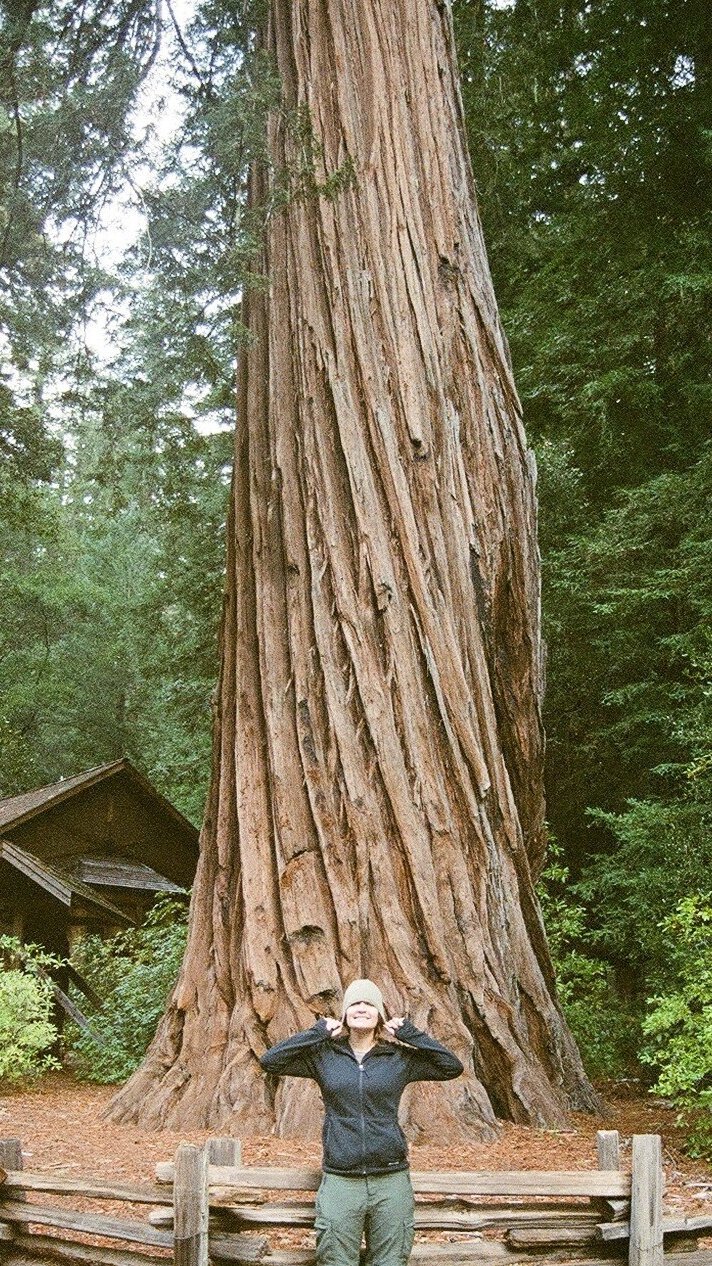Sierra Nevada
— Priority Ecosystems In the SIERRA NEVADA—
Building upon previous workshop efforts (see below), we have published a review paper outlining a framework for moving toward operationalizing climate change refugia conservation at an ecoregion scale in the Sierra Nevada. Structured within the Climate Change Refugia Conservation Cycle, we identify a preliminary suite of conservation priorities for the ecoregion, and demonstrate how existing mapping, data, and applications can be used for identifying, prioritizing, managing, and monitoring refugia. We focus on six conservation priorities, including alpine ecosystems, meadows, giant sequoia, and old growth forests, and introduce the concept of ecosystem process-based refugia, including snow and fire. This pilot overview of concepts and resources provides a foundation of ideas for both near-term implementation and further development and discussion in moving from science to conservation practice. Such an approach may provide new practical insights for ecosystem management at ecoregion scales in the face of climate change.
Presentations
This meeting started with presentations by experienced researchers and resource managers who have been working on climate change refugia in the Sierra Nevada.
1. Carlos Carroll, Klamath Center for Conservation Research: Translating climate adaptation science into effective conservation outcomes
2. Lorrie Flint, U.S. Geological Survey-California Water Science Center: Water Balance Modeling to Characterize Refugia: The Basin Characterization Model
3. Toni Lyn Morelli, U.S. Geological Survey: Mapping Refugial Meadows in the Sierra Nevada
4. Shana Gross, U.S. Forest Service: Prioritizing and monitoring meadow conservation and restoration actions based on climate vulnerability
5. Sarah Sawyer, U.S. Forest Service-Pacific Southwest Regional Office: USFS Refugia Information Needs for the Southern Sierra
6. Deanna Dulen, National Park Service-Devils Postpile National Monument: Managing Soda Springs Meadow as a Climate Change Refugium
7. Jim Thorne & Ryan Boynton, UC Davis: Using Maps for Vegetation Refugia Planning & Management
8. Jody Tucker, U.S. Forest Service-Pacific Southwest Region: Assessing the potential impacts of climate change on fisher and marten in the southern Sierra Nevada
9. Andrea Adams, National Park Service: Threatened Amphibians of Yosemite
Next steps of the project:
Short-term: convene videoconference meetings to further discuss what data are available for mapping refugia and what actions should be prioritized once refugia are mapped.
Medium-term: develop these ideas into federal and state grant proposals.
Long-term: carry out an adaptive management project, e.g., focused on a particular geography, to map climate change refugia, monitoring responses to climate change and tracking impacts of management actions.
Recent PublicatioNs
Balantic, C., Adams, A., Gross, S., Mazur, R., Sawyer, S., Tucker, J., Vernon, M., Mengelt, C., Morales, J., Thorne, J. H., Brown, T. M., Athearn, N., & Morelli, T. L. (2021, July 12). Toward climate change refugia conservation at an ecoregion scale. Society for Conservation Biology. https://conbio.onlinelibrary.wiley.com/doi/10.1111/csp2.497.






